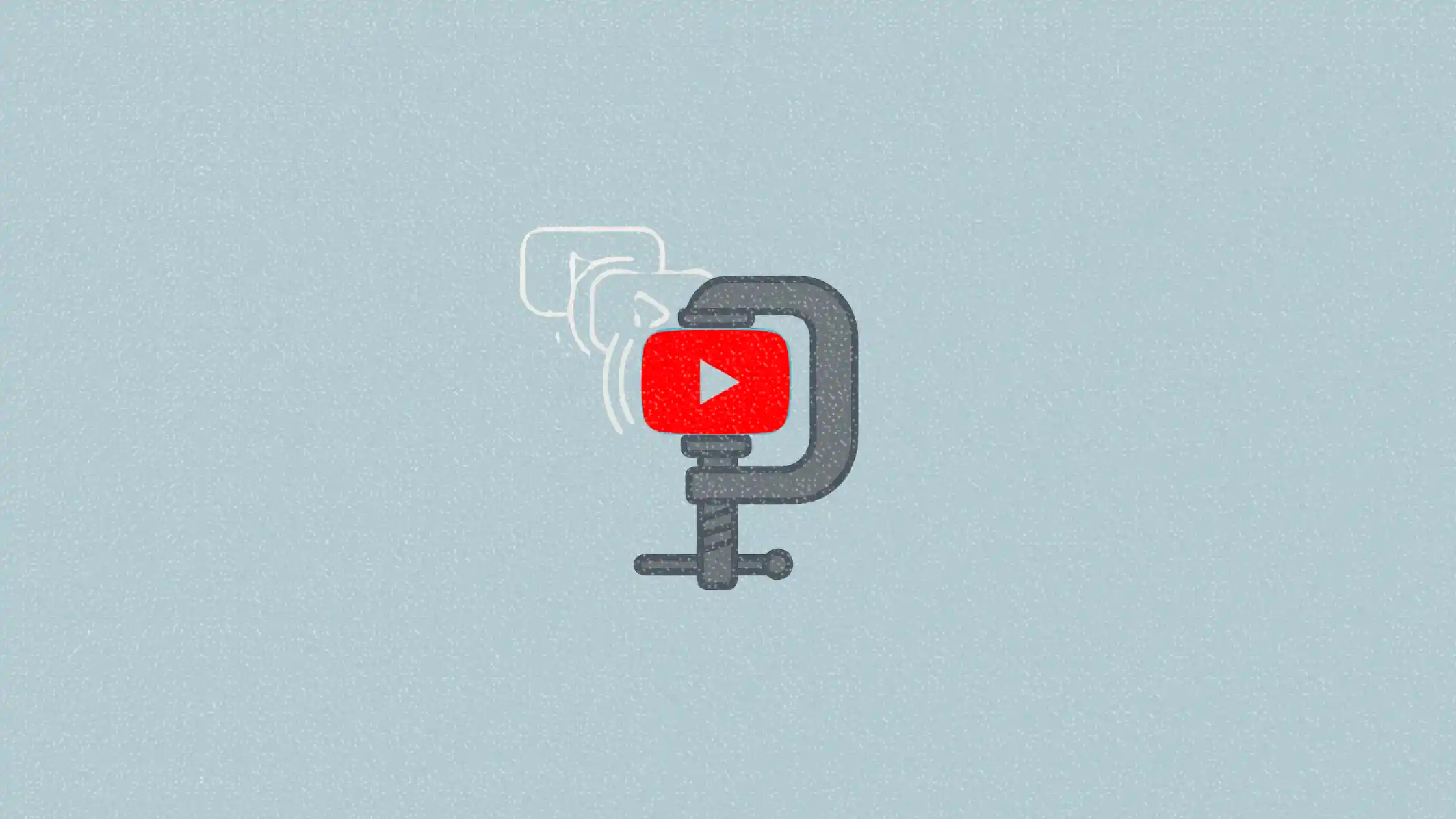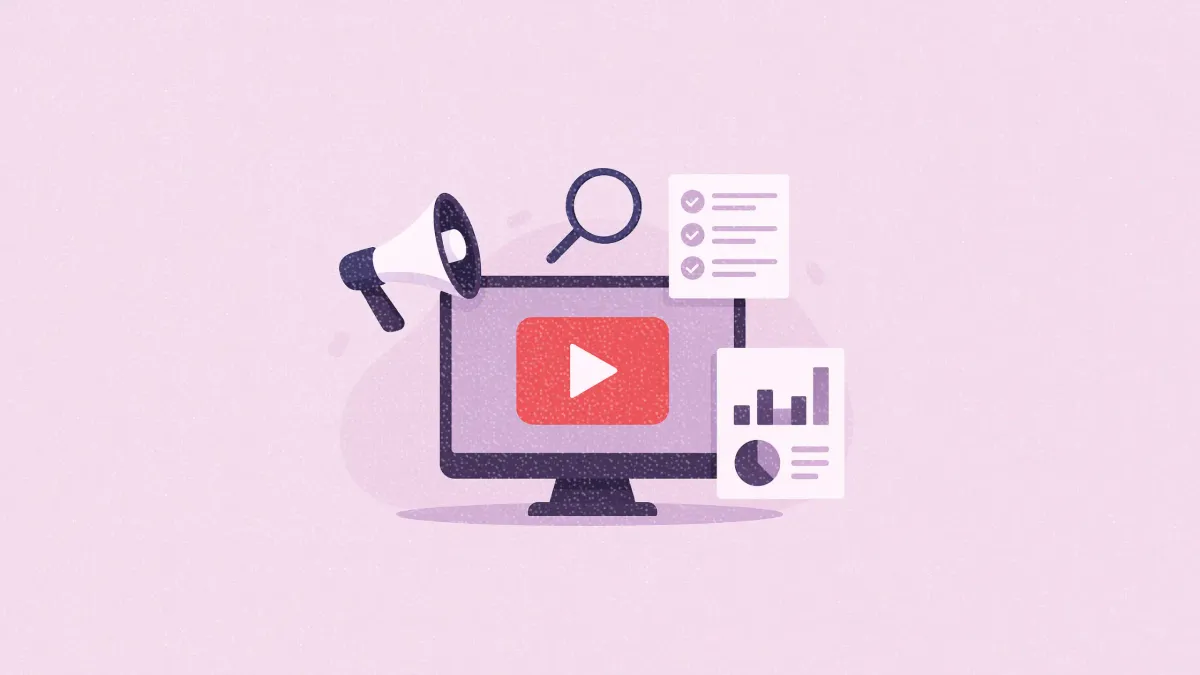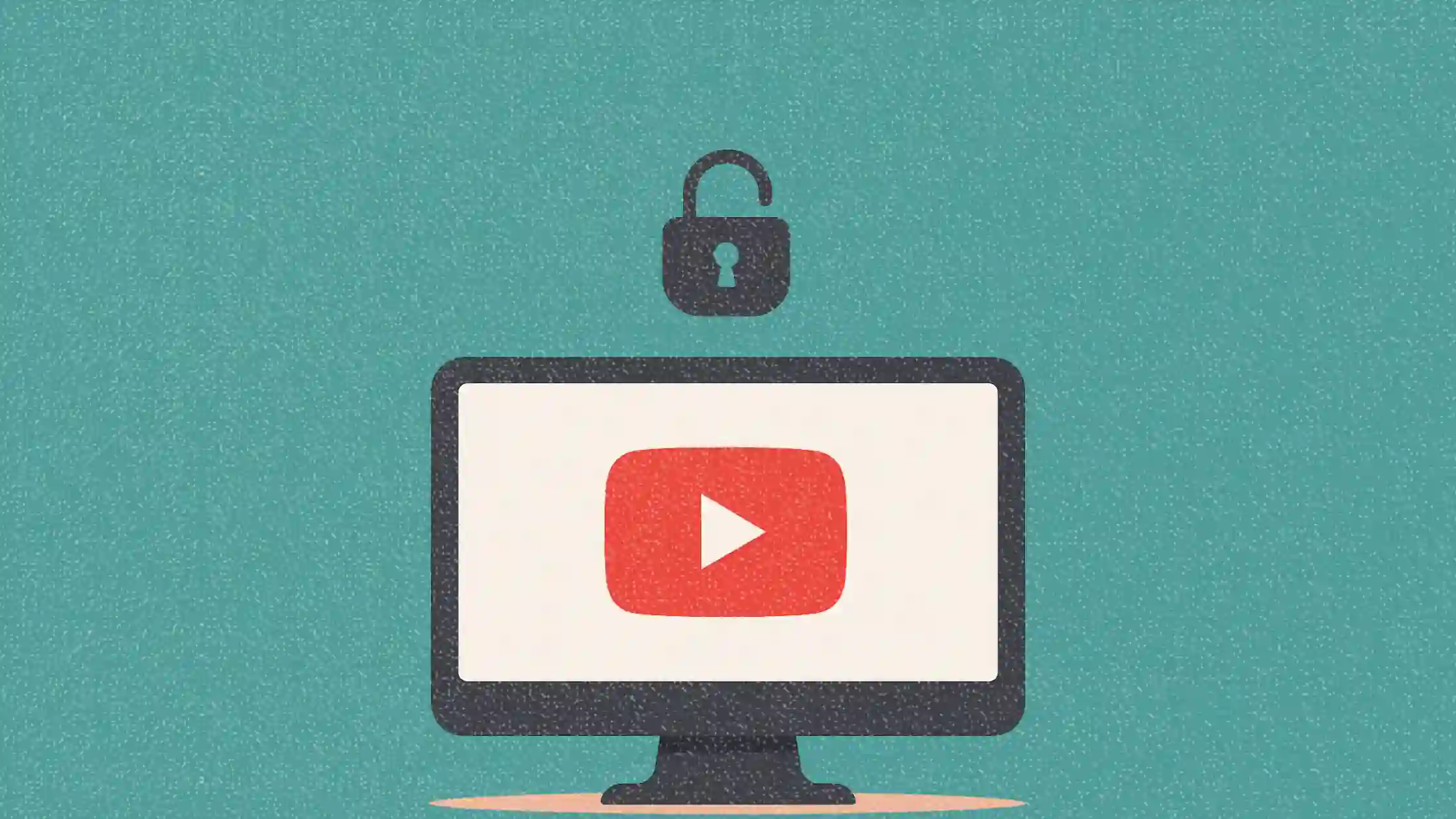YouTube tightens monetisation rules to clamp down on repetitive content
YouTube updates its monetisation policy to weed out repetitive content—here’s how it could impact creators and brands

YouTube is making moves to clean up the monetised side of its platform. Starting 15 July 2025, the video giant will roll out a revised monetisation policy targeting what it calls “mass-produced or repetitive content.” This includes a clearer definition of “inauthentic” videos—something that’s long been a grey area for creators trying to stay in the good graces of the YouTube Partner Program (YPP).
While the rules aren’t technically new, the enforcement is. As YouTube’s Head of Editorial Rene Ritchie put it, the changes simply clarify and enforce what’s already been the policy: monetised content must be “original” and “authentic.”
But the real-world impact could be significant for creators running commentary, reaction, or clip channels that rely heavily on recycled formats and duplicated edits.
This article explores YouTube’s July 2025 monetisation update, its broader platform implications, and how creators and marketers can navigate the shifting video landscape.
Short on time?
Here’s a table of contents for quick access:
- What’s changing in YouTube’s monetisation policy?
- Why now? The bigger picture behind the crackdown
- What marketers and creators should know

What's changing in YouTube's monetisation policy?
On 15 July 2025, YouTube will revise how it interprets and enforces monetisation guidelines under YPP. The updated policy will give more specific language to define “inauthentic” or “spammy” content—terms the platform has used in the past but rarely clarified in detail.
YouTube has always technically barred content that is repetitive, auto-generated, or lacks originality. However, the update aims to improve enforcement and provide transparency, especially amid the rise of low-effort or AI-generated videos.
Rene Ritchie described the move as “a minor update,” but stressed that creators pushing out recycled material should not expect monetisation. He added that this policy change will have “no impact” on most creators—unless their content leans heavily on duplication or mass production.
Alongside this, YouTube is also removing a specific ad filter: “Bare skin (image only).” From 15 July, creators will no longer be able to block this category. The filter will be phased out entirely by 15 August, with YouTube advising users to manage ad preferences via the broader “Reference to sex” category going forward.

Why now? The bigger picture behind the crackdown
This policy shift doesn’t exist in a vacuum. YouTube has been navigating mounting pressures—from AI-generated spam to increasing scrutiny over moderation decisions. According to a New York Times report, the platform recently revised its internal moderation practices, particularly on politically or culturally sensitive content.
Key changes included raising the objectionability threshold for video takedowns from 25% to 50% and instructing moderators to “escalate” edge cases rather than remove them outright. These shifts suggest YouTube is simultaneously loosening content moderation rules while tightening monetisation access—a way of keeping the platform open while controlling financial incentives.
For marketers and brand managers, this duality matters. YouTube is making a clear distinction between what it allows and what it rewards. Just because a video stays up doesn’t mean it can make money—especially if it relies on formulaic or low-quality tactics.

What marketers and creators should know
If YouTube is part of your content strategy—whether for brand campaigns or influencer partnerships—this is a good moment to re-evaluate what “authenticity” really looks like on the platform. Here’s how to get ahead of the change:
1. Audit for originality
Whether you’re running a creator-led campaign or uploading content from your own team, double-check for overuse of templates, repetitive intros/outros, or recycled footage. YouTube’s new enforcement may flag content even if it technically follows older rules.
2. Consider the future of AI content
Creators using AI tools for scripting or video generation should tread carefully. While not all AI content is inauthentic, mass-produced AI videos—especially those without commentary or added context—could soon fall outside monetisable territory.
3. Use ad settings wisely
With the “Bare skin (image only)” category going away, advertisers may see less precise control over what types of ads appear on their videos. Brands should monitor how this affects their ad placement and shift targeting toward the remaining available categories.
4. Know the new boundaries
Not everything YouTube allows will be monetisable. For marketers, that means aligning campaigns with content that’s both compliant and high-quality. A creator may have reach—but if their content is flagged as repetitive, your campaign might never see the light of monetised day.
YouTube’s latest monetisation update isn’t just about spammy channels—it’s part of a broader recalibration of the platform’s priorities. As YouTube redefines what counts as “original,” brands and creators alike need to rethink their production habits.
Now’s the time to invest in content that’s thoughtful, unique, and genuinely valuable. That’s the kind of material YouTube wants—and increasingly, the only kind it’ll let make money.






